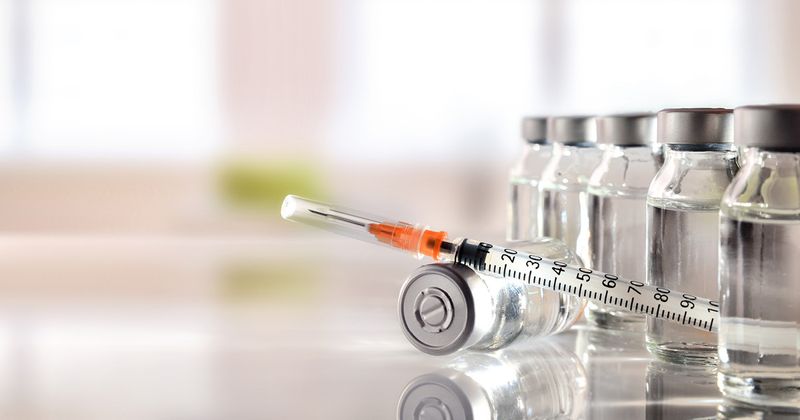GLP-1 agonists may increase adhesive capsulitis risk in patients with diabetes
Key takeaways:
- Use of GLP-1s may increase the risks for adhesive capsulitis and surgical intervention among patients with type 2 diabetes.
- Results were compared with a matched cohort of patients who were not taking GLP-1s.
Among patients with type 2 diabetes, use of GLP-1 agonists may increase the risks for adhesive capsulitis and required surgical intervention, such as manipulation under anesthesia, according to published results.
Victoria E. Bergstein, BA, medical student from the department of orthopedic surgery at Johns Hopkins University, and colleagues noted previous literature indicates an increased prevalence of adhesive capsulitis in patients with diabetes.

“The pathophysiology is thought to be related to diabetes mellitus-mediated pathogenic microvascular and macrovascular changes in the shoulder,” Bergstein and colleagues wrote in the study. “These chronic changes can lead to extracellular matrix protein synthesis, thickening of the capillary basement membrane, and inflammation-mediated fibroblastic proliferation, ultimately resulting in fibrotic contracture of the glenohumeral joint capsule and adhesive capsulitis.”
To assess the impact of GLP-1 agonists on incidence and management of adhesive capsulitis, Bergstein and colleagues used the PearlDiver database to perform a retrospective cohort comparison of data from patients with type 2 diabetes who developed adhesive capsulitis between 2010 and 2022.
Bergstein and colleagues analyzed data from patients who were taking GLP-1s, patients who were not taking GLP-1s, patients with adhesive capsulitis who were taking GLP-1s and patients with adhesive capsulitis who were not taking GLP-1s.
After 1:1 propensity score matching, Bergstein and colleagues matched 100,000 patients who were taking GLP-1s to patients who were not taking GLP-1s.
Overall, Bergstein and colleagues found patients who were taking GLP-1s were more likely to develop adhesive capsulitis (OR =1.07; 95% CI, 1.05-1.10) compared with patients who were not taking GLP-1s. Among 253,717 patients with adhesive capsulitis, 46,156 (18.2%) were taking GLP-1s.
In addition, they found patients taking GLP-1s had increased risks for required surgical intervention (OR = 1.2; 95% CI, 1.1-1.31) and manipulation under anesthesia (OR = 1.23; 95% CI, 1.16-1.31), but not arthroscopic capsular release (OR = 0.74; 95% CI, 0.34-1.41) compared with patients who were not taking GLP-1s.
“These results can be useful when counseling [patients with type 2 diabetes] who develop adhesive capsulitis while taking GLP-1s to better inform these patients of the increased chance of requiring more extensive treatment,” Bergstein and colleagues concluded.
